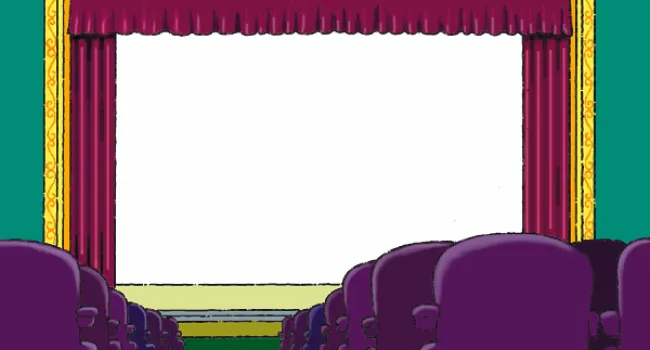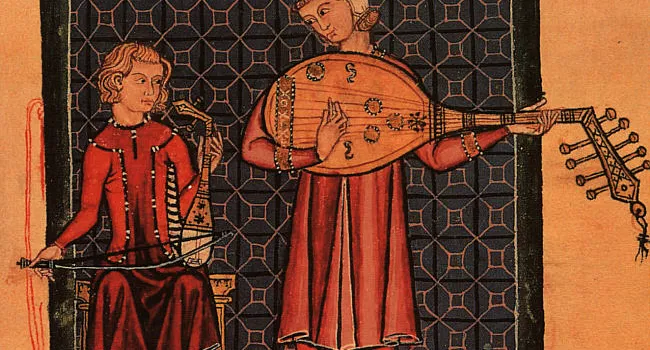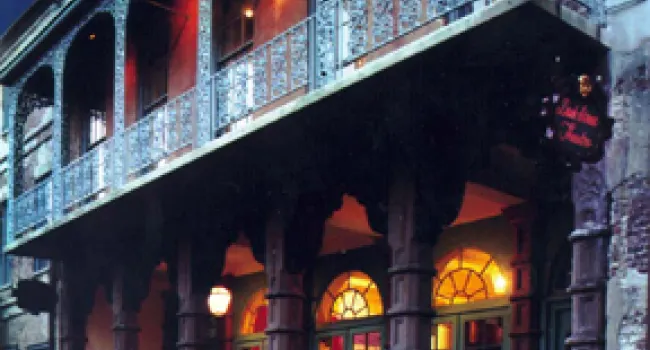Kabuki (ka-bu-ki) is a form of theater in Japan that began in the early 1600s and is still performed today. This traditional theater uses extravagant makeup and costumes, a unique kind of music and an all-male cast. A woman named Okuni (O-kun-i) created Kabuki Theater, but shortly after it became popular, women were banned from performing.
The plays, based on legends, open and close with the sound of wood clapping together. The style of music in Kabuki Theater is named for a three-stringed instrument called a shamisen (sham-i-sen). The music enhances the actors’ movements and voices, making them almost like dancing and singing. During climactic moments in the play or at the end of a scene, the actor freezes in place, stares and then crosses his eyes. This is called mie (mi-e) . Each Kabuki character wears colorful costumes and has thick makeup that looks like a mask. The color red on a character’s face signifies a “good” character and blue suggests a “bad” character. All of these elements have made Kabuki Theater a traditional art form that has entertained audiences for over 400 years.
---
Image Credit: Public Domain - Shibai Ukie ("A Scene from A Play") by Masanobu Okumura (1686–1764), depicting Edo Ichimura-za theater in the early 1740s (source - Wikipedia)




